
First night of the TTPYC Spring Series

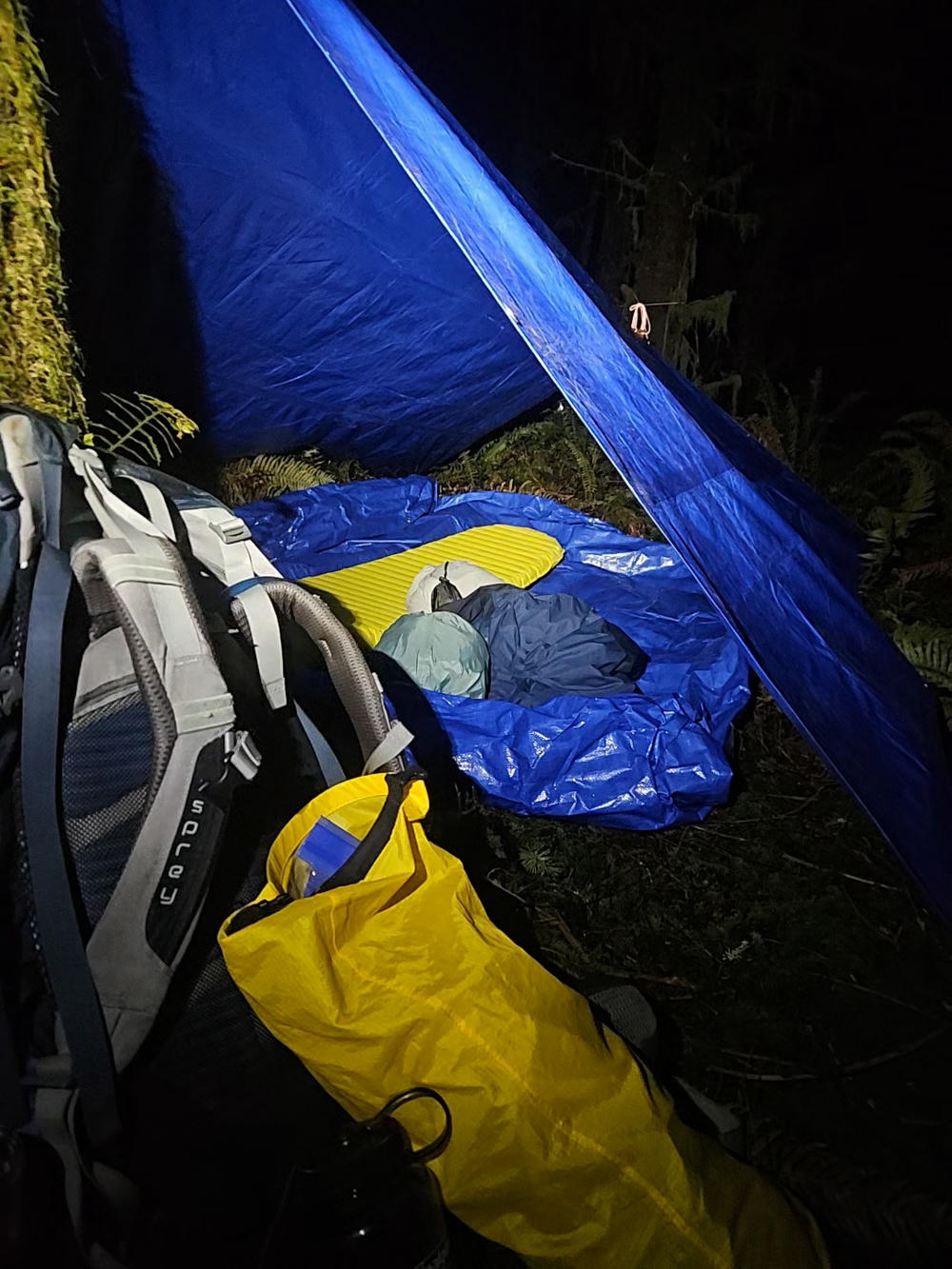
ESAR Course III


We spent the day playing in the snow, up NF 75 at Haller Pass
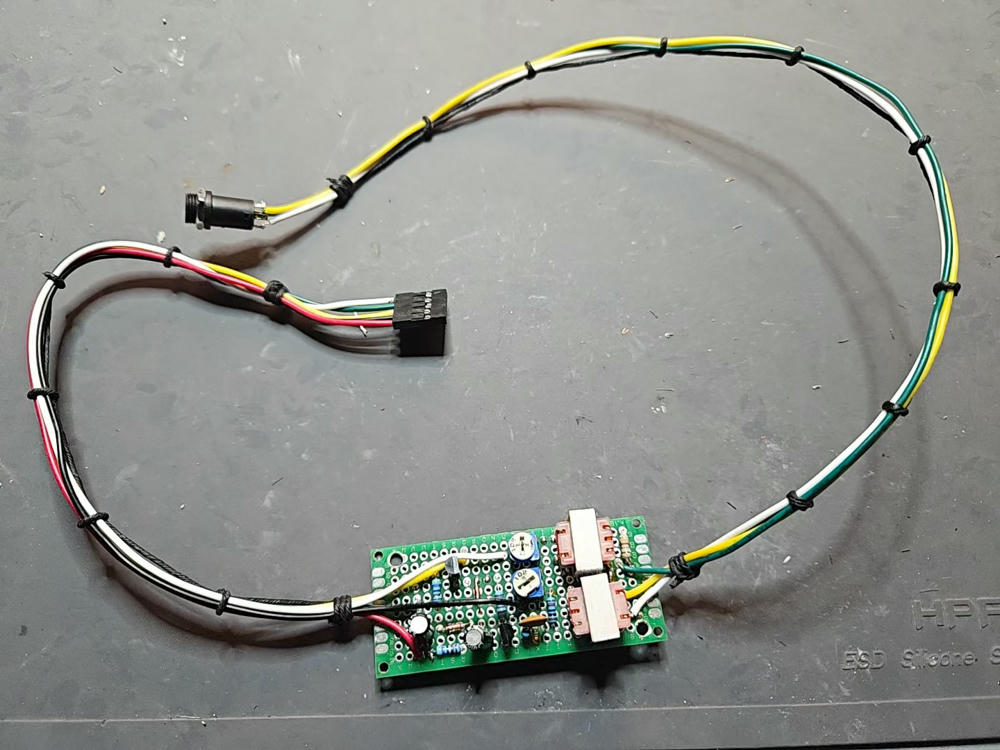
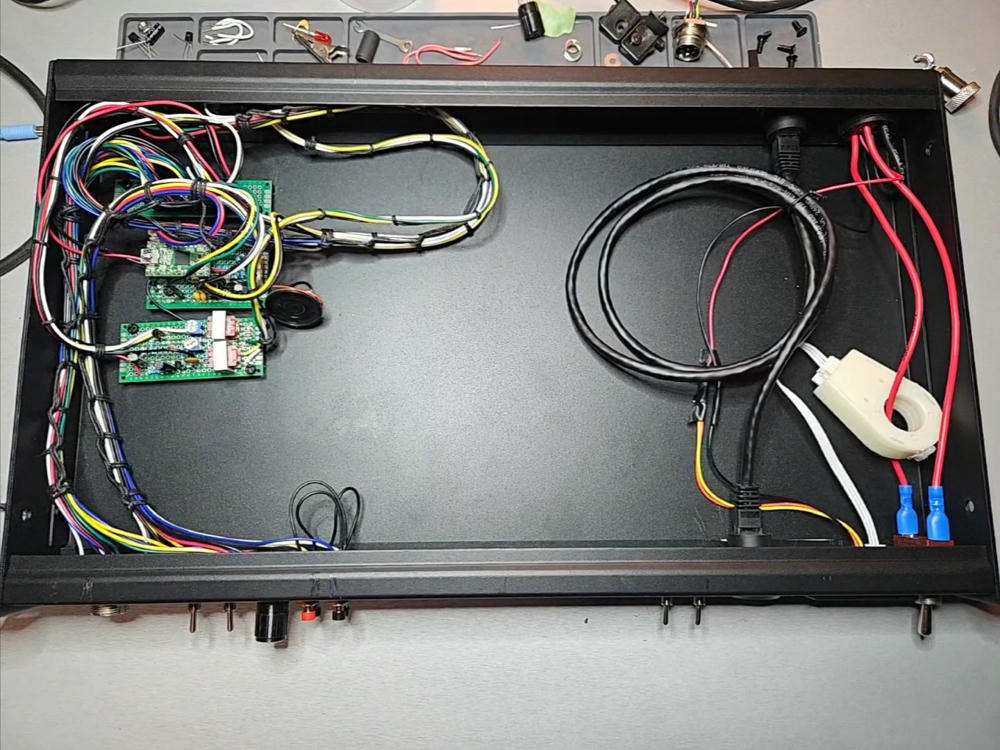
I finished the last module for the HF side of my radio control box. This is the audio interface for digital modes. It's joins the keyer and audio breakout board.
I wanted to give Windsurf another opportunity to make an actual code change. This time, I’m adding a new feature to the sso tool to print out the OAuth bearer token. I started with the prompt “Add a new subcommand called token to the sso tool. The token command should print out the current OAuth2 bearer token.”
A few years ago I built a custom OAuth2/IndieAuth provider for my website and a few other things. In the same crate I had a small utility to fetch credentials using the OAuth2 device flow and then pass them into curl. It’s been really helpful for testing and I’ve been meaning to extract it out into its own package so that I can install it independently. The tool doesn’t depend on anything else in the crate, so this seemed like a simple enough task to see how Windsurf worked across packages.
I had some free time while waiting for a flight this week, so I finally gave Windsurf, one of the AI-first IDEs a chance. I had a bug in the image resizing function for my website: by design, the EXIF metadata is stripped from the resized images. However, the orientation transform wasn’t applied first. As a result, pictures from my phone often appeared sideways. I figured this was a good first task to throw at Windsurf.
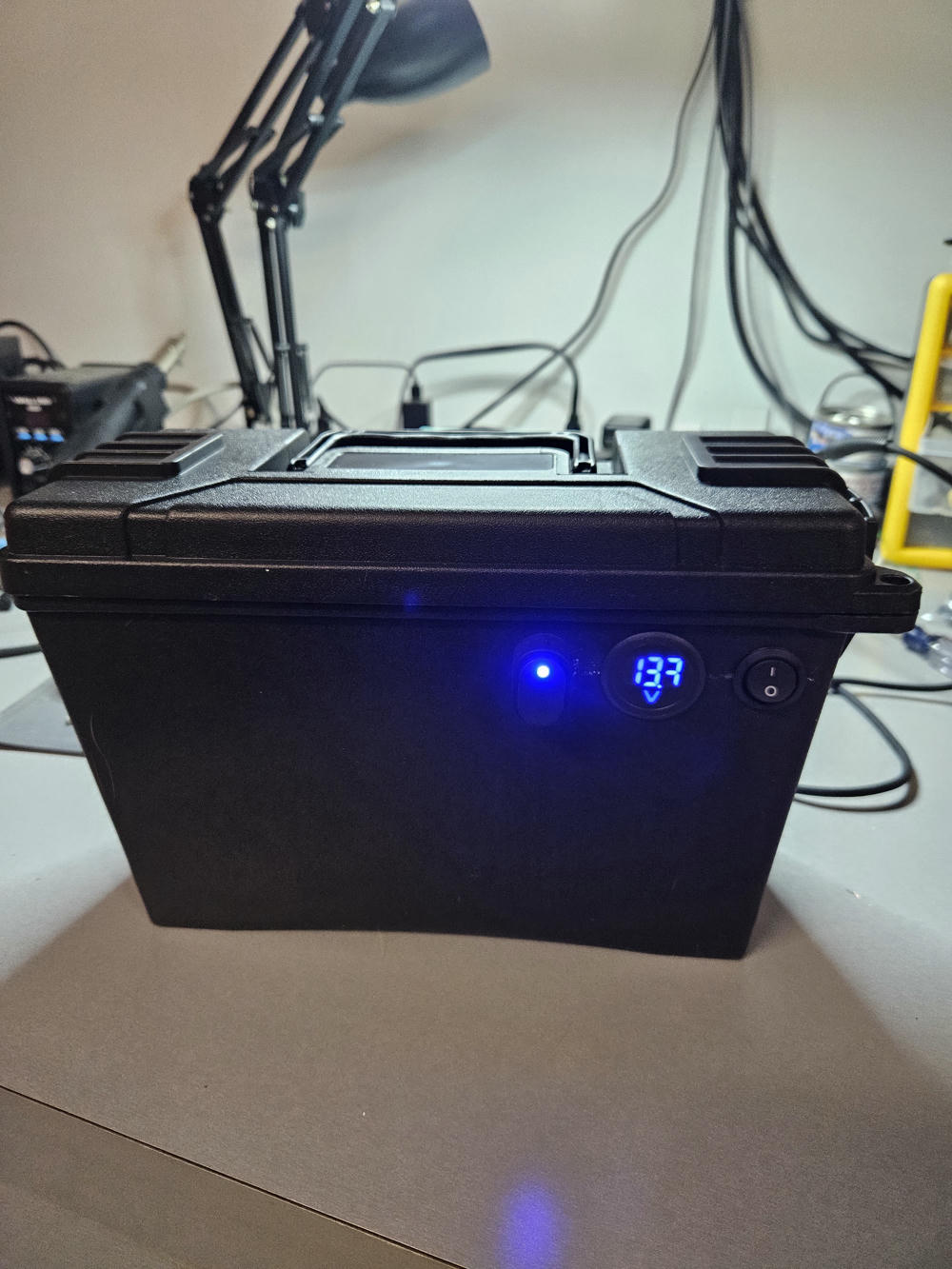
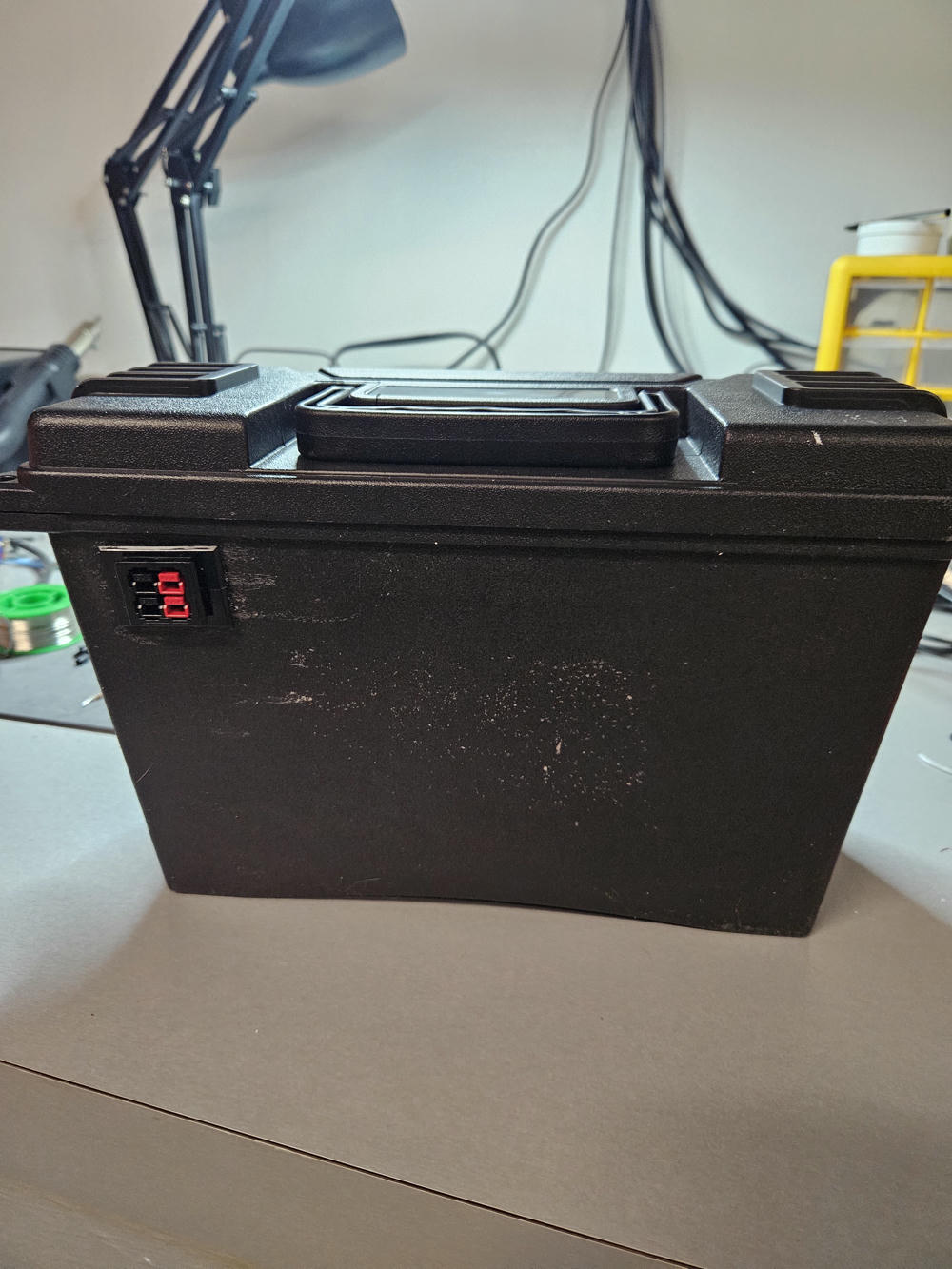
And now I have a battery box to power the radio box. This was a much simpler build than the radio box. It's just a 15 AH LiFePo4 battery in a plastic ammo can with fuses, a power switch, and a voltage display. I added a switch to turn off the voltage display. It doesn't draw much (the datasheet says 12 mA), but it's bright and redundant with the display in the radio box itself.

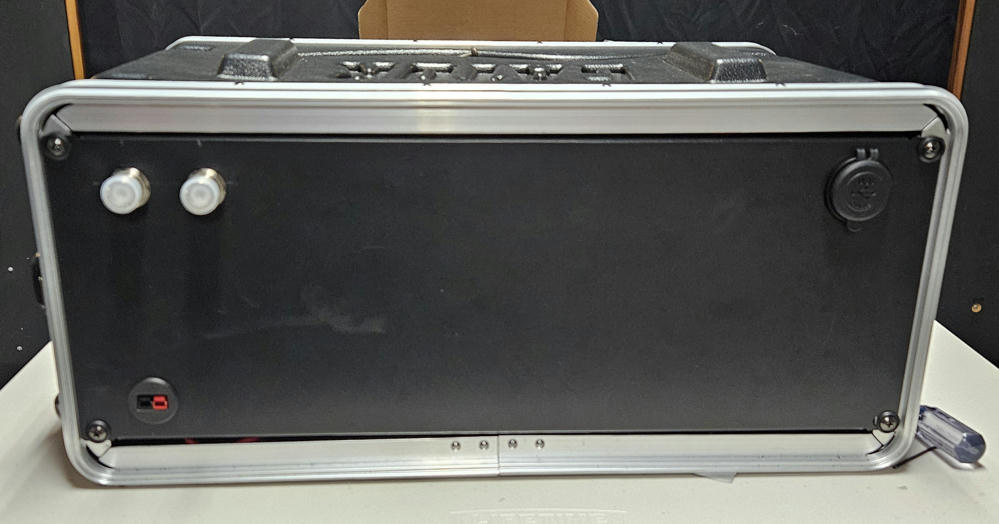
My ham radio box is almost complete... just a bit left to wire up inside the control box. The control box will reroute some of the back panel connections to the front (and vice-versa), switch the mic between radios, switch between speakers and headphones, and contains an electric keyer and computer audio interface.